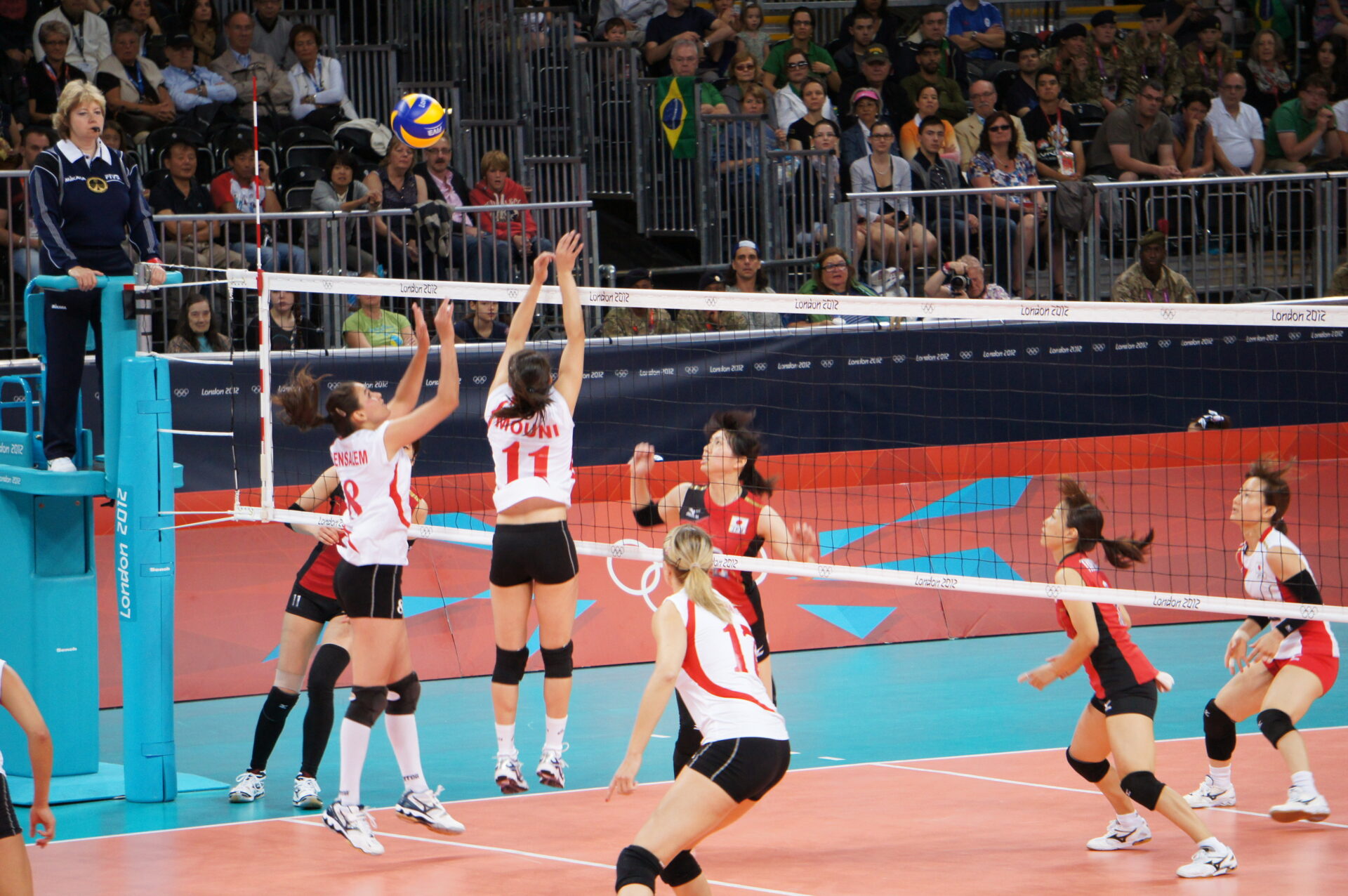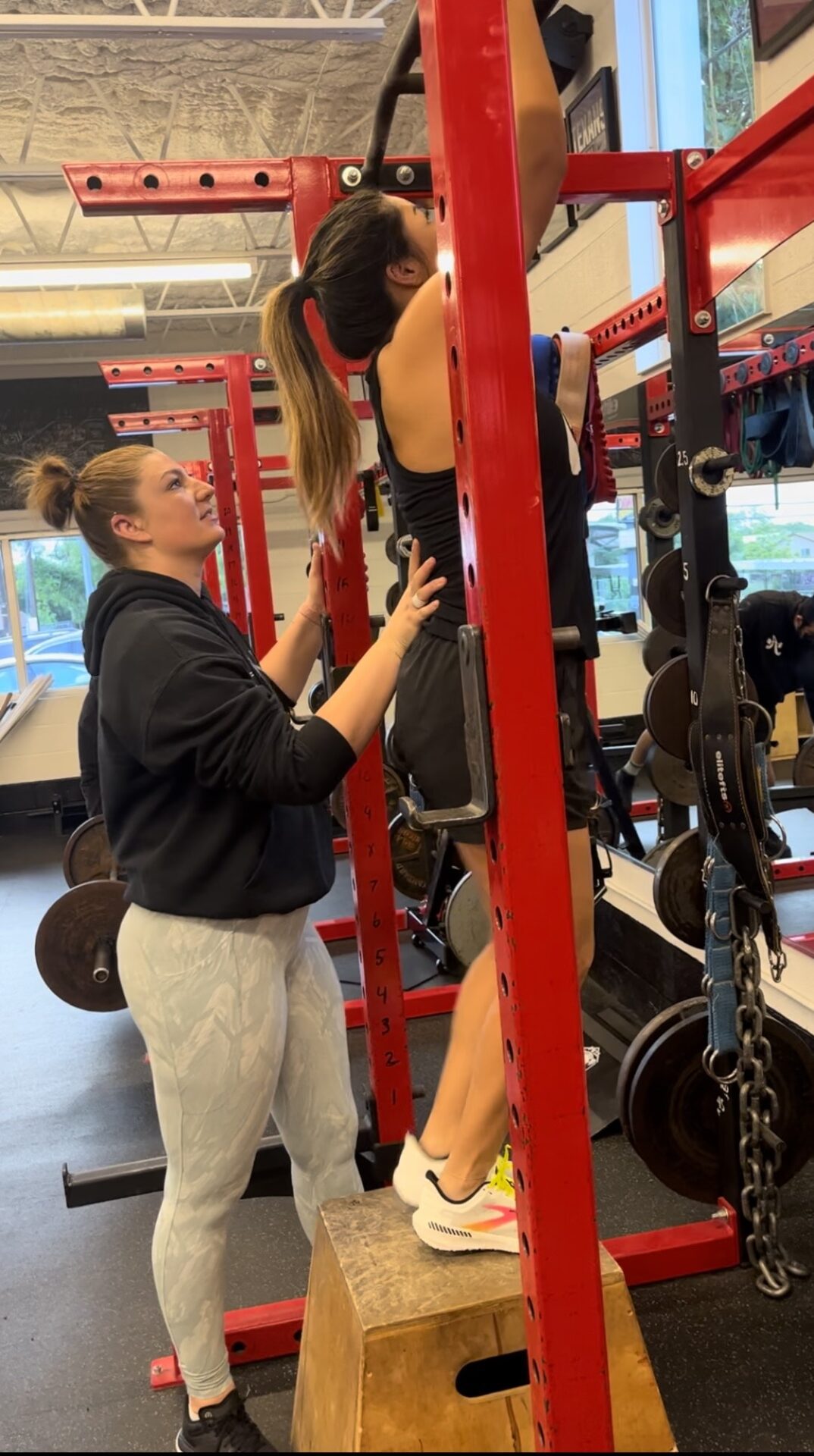Training
A Strategic Guide to Your Return to Exercise After Injury
A physical injury can feel like a major setback, not just for your body, but for your mindset. For those of us who find joy and identity in movement, being sidelined is a mental challenge. This guide offers a strategic framework for your return to exercise after injury, focusing on a sustainable, long-term mindset.
 Core Principle: Train to Train Another Day
Core Principle: Train to Train Another Day
The most critical mindset to adopt during your recovery is to “train to train another day.” This means prioritizing longevity over short-term intensity. Your primary goal is not to get back to your pre-injury performance overnight, but to build a foundation that allows for consistent, injury-free training in the future.
Key Mindset Shifts for a Successful Return:
- Patience Over Pace: Rushing your recovery is the fastest way to re-injury.
- Listen to Your Body: Differentiate between discomfort (muscle soreness from work) and pain (a signal to stop).
- Celebrate Small Wins: Acknowledge progress, no matter how minor it seems. This could be improved range of motion or a pain-free set with light weight.
- Focus on Form: Use this time to perfect your technique and correct any imbalances that may have contributed to the initial injury.
Actionable Steps for Returning to Exercise After an Injury
Here is a structured approach to resuming your training safely and effectively.
Phase 1: Professional Guidance and Planning
- Consult a Professional: Before you return to exercise after an injury, get clearance from a doctor or physical therapist.
- Develop a Plan: Work with a qualified coach or therapist to create a structured, progressive plan tailored to your specific injury.
- Define New Goals: Set realistic, short-term goals. Examples include:
- Completing a full warm-up without pain.
- Achieving a full range of motion.
- Achieving structural balance
- Performing a bodyweight squat correctly.
Phase 2: Gradual Reintroduction to Movement
- Start with Low Impact: Begin with activities that are gentle on your body.
- Examples: Walking, swimming, stationary cycling, or bodyweight exercises.
- Focus on Mobility and Stability: Incorporate exercises that strengthen the supporting muscles around the injured area.
- When working with a professional coach: They will be working to improve your structural balance. This means improving strength between the specific muscles and the surrounding muscle groups around the injury site.
- Monitor Your Body’s Response: Pay close attention to how your body feels during and after each session. Keep a log of your workouts and any symptoms. You will have to learn to train through discomfort but not sharp pains. Protein intake and having a balanced diet are crucial during the healing process.
Phase 3: Progressive Overload
- Increase ONE Variable at a Time: When you are ready to increase the challenge, change only one of the following at a time:
- Intensity (weight)
- Volume (sets and reps)
- Duration (time)
- Frequency (number of sessions per week)
- The 10% Rule: A general guideline is to not increase any of the above variables by more than 10% per week.
Frequently Asked Questions (FAQ) about Returning to Exercise After Injury
Q1: How do I know if I’m pushing too hard?
- A1: Sharp, stabbing, or radiating pain is a clear signal to stop. Increased swelling or a significant decrease in range of motion after a workout are also red flags. Normal muscle soreness should feel dull and diffuse.
Q2: What is the most important factor for a successful recovery?
- A2: Consistency. Adhering to your recovery plan, even on days you feel good and want to do more, is crucial for long-term success.
Q3: How can I stay motivated during a long recovery?
- A3: Redefine what “progress” means. Instead of focusing on lifting heavy or running fast, celebrate milestones in your recovery, such as improved mobility or being able to complete a new rehab exercise.
To hire a personal trainer like Sianna who will help you find the joy in movement, click here to schedule your free consultation and first workout!
